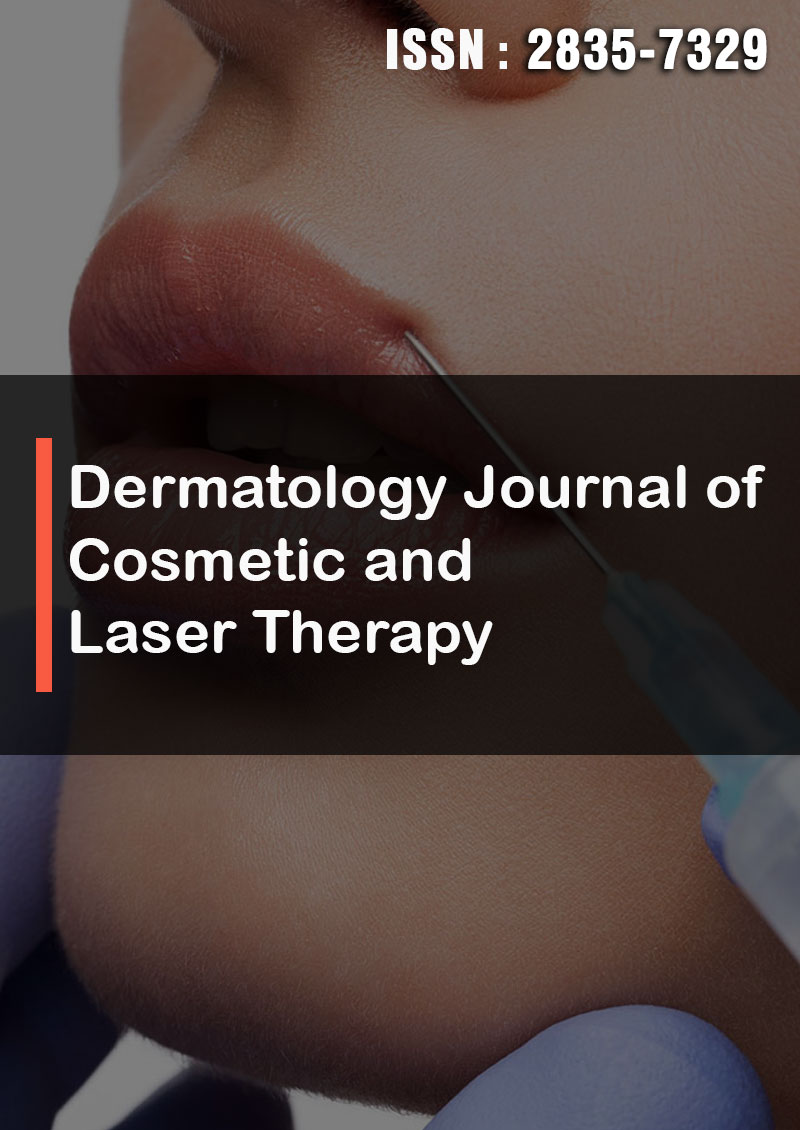Modelling and Quantifying The Impact of Photobiomodulation (PBM) on Biological Processes Relevant to Lymphangiogenesis, Anti-Inflammation, and Tissue Regeneration Processes: Results from a Meta-Analysis and a Neural Network Modelling
Abstract
Abdullah Jibawi
Lymphoedema is a common and debilitating condition charac- terized by partial or complete derangement in the draining capa- bilities of the lymphatic system. Due to the disruption of lym- phatic drainage, the build-up of fluids, proteins and lipids in the interstitial space leads to substantial and progressive architec- tural alterations in the regional tissue, including the accumula- tion of adipose tissue and fibrosis. These changes are associated with a progressive inflammatory process [1,2]. The therapeutic potential of photobiomodulation (PBM) for lymphoedema has been demonstrated by various studies, but the existing litera- ture is limited by the lack of rigorous and consistent high-level evidence to allow for conclusive recommendations. PBM has been demonstrated to be capable of modulating inflammatory processes, facilitating lymphatic fluid drainage, alleviating dis- comfort, and improving quality of life in lymphoedema patients [3-6].




